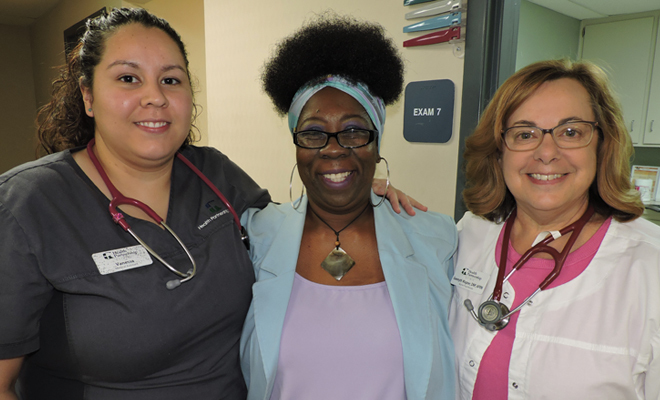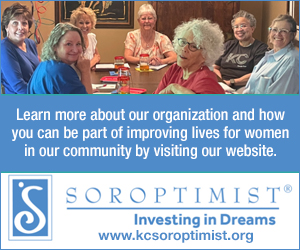
Health Partnership Clinic: Providing Health and Hope to the Neediest
During the rapid growth of the 1990s, Johnson County, Kansas, regularly made the list of “richest counties in the United States.” People were flocking to the expanding suburb, where development seemed limitless. Yet those on the front lines saw another story: a story of serious unmet medical needs right in the midst of Johnson County’s visible prosperity.
A small group of doctors, hospitals and community service providers could see what most others could not: low-income working people who fell through the cracks between public and private insurance coverage. They saw people with critical needs for primary care and no means to pay for it and little hope. Many of these people had few alternatives for acute primary care other than the emergency room. Their chronic conditions went completely unaddressed.
This group of trailblazers collaborated and in 1992 the Health Partnership Clinic of Johnson County was founded. The Overland Park, Kansas clinic, initially staffed entirely by volunteer physicians, provided episodic, complaint-based adult primary care. The hospitals donated imaging and laboratory services. The county’s low-income, uninsured residents paid a suggested donation of $10 per visit, and no one was ever turned away.
Over the next 20-plus years, the clinic experienced tremendous change including additional locations, services and a new model of care. In 2012, Health Partnership Clinic received designation as a Federally Qualified Health Center. To meet the needs of nearby rural communities, clinics were opened in Paola and Ottawa.
During these intervening years the clinic added dental services, pediatric care, behavioral health, women’s health, KanCare/Marketplace enrollment services, adopted a medical home model and established a dental outreach program that continues to serve children and adults at area Head Start programs, schools, mental health facilities and detention centers. Most recently, a clinic nurse practitioner and a firefighter paramedic provide free non-emergency services to Olathe residents thanks to a partnership with the Olathe Fire Department and Olathe Health.
Today, the clinic has grown to four sites in three counties with more than 65 employees. And both insured and uninsured patients are welcomed. A sliding scale is available to those who qualify based on income and household size.
Although the percentage of people living in poverty is lower, it’s rising faster here than in most other places, affecting 32,440 residents or 5.6 percent of the population in 2016. According to Amy Falk, CEO, Health Partnership is a crucial safety net meeting a fundamental need that has no other solution. “More importantly, our services often make the critical difference that allows low-income people to become productive employees and fully contributing members of the community.” ■
Health Partnership Clinic Statistics and Services
Annually, HPC meets timely needs for patients in Johnson County and beyond.
▪ Nearly 37,000 patient visits
▪ 15,000 adults and children served
▪ 58 percent of uninsured patients
▪ 30 percent Medicaid/KanCare patients
▪ New pediatric walk-in clinic in Olathe
▪ Early-intervention substance abuse services for children 12 and older
▪ Affordable prescription drug partnership with local pharmacies
Help spread the news about the clinic. Volunteer or donate your time and treasure. To learn more, call 913-730-3680.
Written by: Catherine Rice









